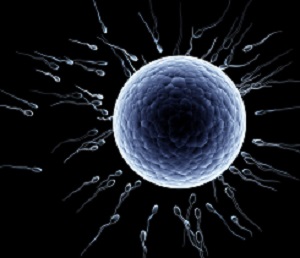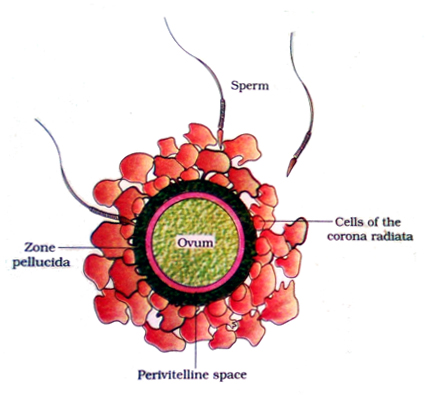
An ovum (plural: ova) is a single female gamete (singular: gametes), or egg. All species of mammals and plants produce single gametes, and females can produce only one at a time.
Both land plants and animals (Plant e) produce eggs. Eggs are produced and released by the female's ovaries. When an egg is fertilized by a male's sperm cell, it becomes a zero, which develops into an embryo. Egg cells are made up of an ovum and two to three germ layers, called primordial germ layers. Each germ layer is responsible for a specific cell type in the embryo.
The egg cell is differentiated into an oocyte and germ layer by the action of a number of genes. Oocytes carry a somatic copy of their own genes. Germ layer cells, on the other hand, contain the somatic copy of their father's genes. The somatic gene is passed along from mother to daughter, or vice versa, so that both oocytes and germ layers carry the identical genes.
Oocytes are not able to divide, unlike germ layers, so they remain attached to the ovary where they are shed in menstrual cycles. Embryonic development takes place inside the follicle. During this stage, the egg cell attaches itself to the surface of the cell.
Once the egg is attached to the follicle surface, the process of germ layer division begins. Embryonic cells are produced and migrate through the ducts of the follicle to the surface of the skin. The new cells become blood cells when they attach themselves to red blood cells. These blood cells travel to the surface of the body and travel to all parts of the body in order to carry oxygen and nutrients to all parts of the body. The process of blood transport is called arterial blood circulation.
Once it reaches the heart, arterial blood returns to the lungs, where it carries oxygenated blood back to the brain. As soon as the heart beats, oxygenated blood returns to the brain, the “working” cells of the body. muscles, bones and organs. these cells need nourishment and replenishment. This process is called metabolic.

Finally, the mature egg becomes a leukocyte or leukocyte
The white blood cell then travels to the lymphatic system to help drain the blood and provide nutrients to damaged cells in the lymphatic system.
Oocytes are the building blocks of the body. All cells contain an egg. The ovum has the ability to reproduce itself and is responsible for the production of cells that make up the rest of the body.
Eggs, sperm and cells are the main components of the body's reproductive system. There is a difference between men and women; while egg production in the male and female body is different, the production of sperm is the same in both cases.
The egg cell forms inside the ovary and develops in the fallopian tube. This is the tube in the fallopian tube where the egg travels through tubes connected to the uterus and exits the ovary. It travels through the tubes until it attaches to the wall of the uterus. Once in the lining of the uterus, the egg follicles are released and the fallopian tube is closed.
Once in the fallopian tube, the oocyte implants itself into the top of the egg and travels to the uterus. When the oocyte fertilizes an ovum, then the ovum becomes a zygote. spermatogenesis takes place and the zygote attaches to an existing egg, which becomes a spermatozoon. A spermatozoon then attaches itself to the uterine wall and travels down the fallopian tube to the outside of the uterus.

